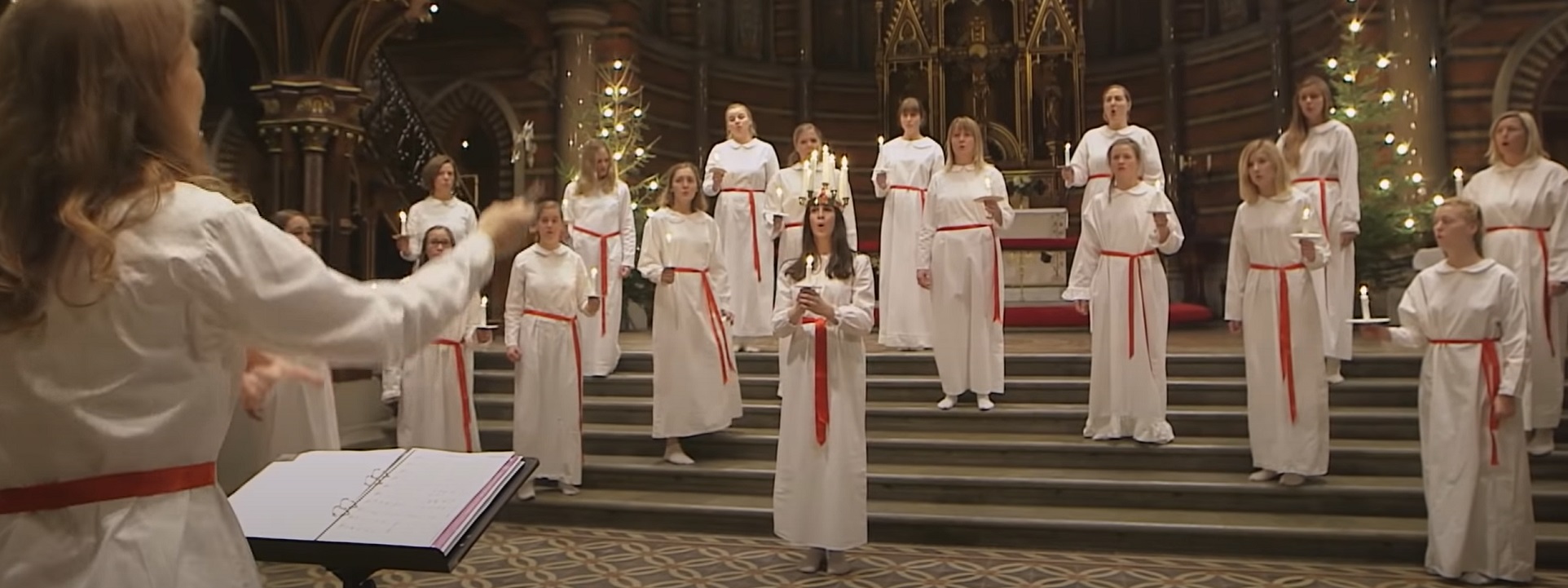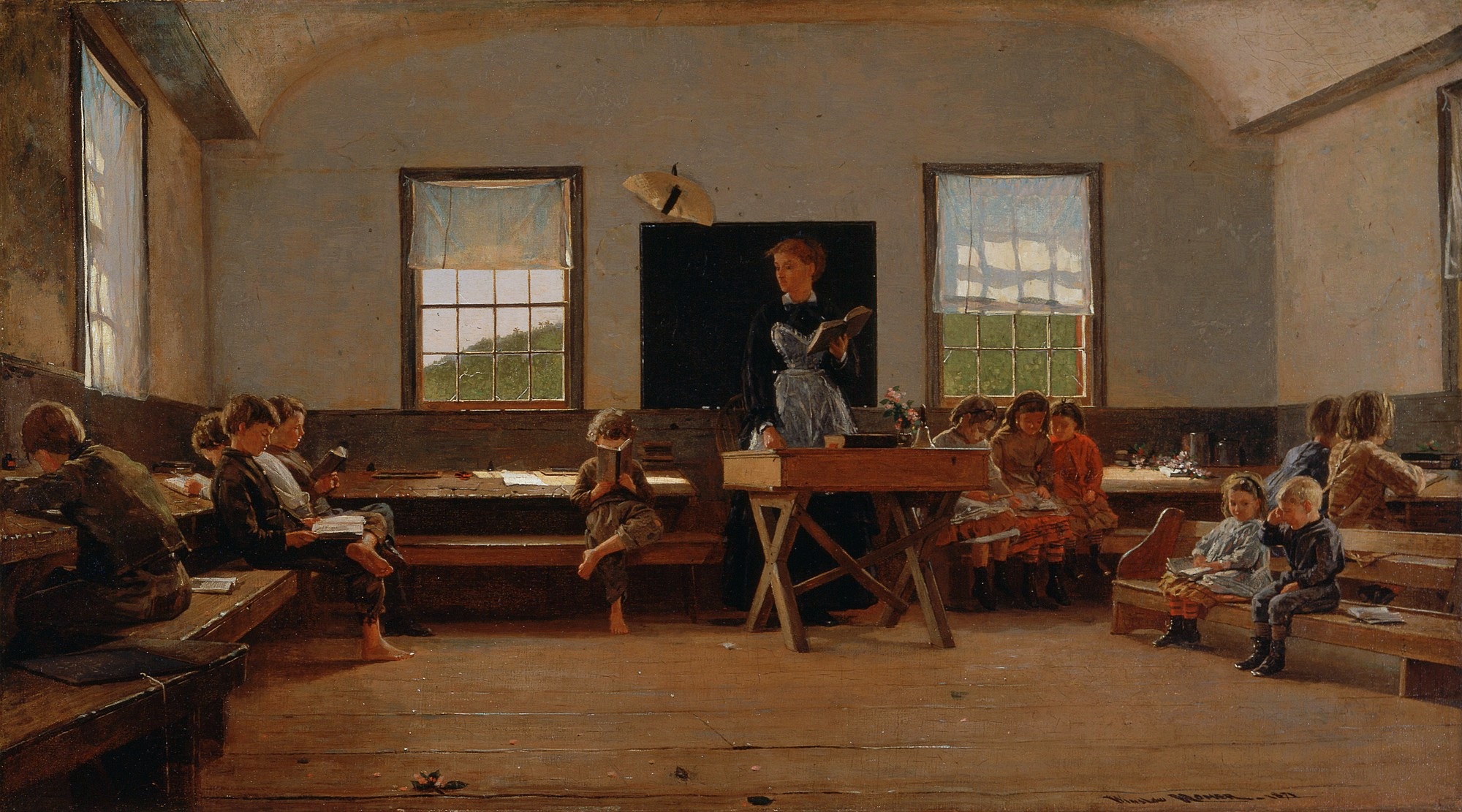December 13 is St Lucia’s Day, a Christian tradition celebrated mostly in the Nordic countries. This annual tradition is a symbol of bringing light in the darkness of winter, warming the hearts, and offering joy. Happy St Lucia’s Day! pic.twitter.com/FHUlEfcS2y
— Riku-Matti Kinnunen (@rmkinnunen) December 13, 2023
Happy Santa Lucia Day! Lucy is a symbol of light and hope in the darkness of winter. May we all find her when we need her, and bear her light and hope for others when we find we have some to spare. As is tradition, I made Lussekatter, or St. Lucia S-shaped rolls. ❤️🕯️❤️🕯️❤️ pic.twitter.com/3dfFrYefin
— Katie Carlson (@katiehc) December 13, 2023
















